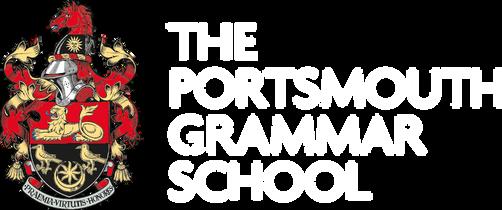A LEVEL MATHEMATICS AND FURTHER MATHEMATICS
2025-26




2025-26



A Level Mathematics and Further Mathematics are both linear qualifications; pupils undertake terminal examinations in Year 13 which will cover all topics studied throughout the two-year course.
The content of the course can be listed in different areas, but these should not be regarded as separate teaching modules and links will be made across the content areas, encouraging mathematical thinking, analysis, understanding and problem solving. Elements will include:
Pure Mathematics – mathematical argument, problem solving, proof, algebra, graphs, sequences, logarithms, trigonometry, calculus, functions, numerical methods, vectors and differential equations.
Statistics – working with a large, pre-release data set and samples of the data set to make inferences about the underlying population, probability calculations, using the Binomial Distribution, Normal Distribution and statistical hypothesis testing. It is expected that much of the statistical study will be enhanced by appropriate use of technology.
Mechanics – kinematics, working with forces and Newton’s laws, motion under gravity, friction, projectiles and simple moments. Many of these topics will be introduced in Year 12 and then studied in greater depth in Year 13 alongside the more thought-provoking, higherlevel ideas.
The major elements of this course will focus on the Core Pure, Further Mechanics and Further Pure, expanding and developing pupils’ knowledge, mathematical thinking and argument skills beyond that expected in the A Level Mathematics course. It will also introduce new elements of mathematical understanding and exploration throughout the two years. In Further Mathematics elements will include, but not limited to as further optional modules are available dependent upon performance in Year 13:
Core Pure – A Level Mathematics Pure topics are taught in greater depth whilst also introducing new topics such as matrices, complex numbers, polar coordinates and hyperbolic functions.
Further Mechanics – extending the knowledge of kinematics and forces using the extended pure mathematical understanding to explore physical systems and dimensional analysis including areas such as work, energy, power, impulse, momentum and centres of mass.
Further Pure – this extends the knowledge and ideas of calculus and vectors, whilst introducing new concepts such as conics and t-formulae.
Grade 8, or equivalent, in IGCSE/GCSE Mathematics
Grade 9, or equivalent, in IGCSE/GCSE Mathematics
A graphical calculator Casio fx-CG50 [or fx-991 EX (Classwiz)] calculator is a requirement for Mathematics at A Level.
Mathematics A Level is a pre-requisite for Mathematics, Computer Science, and most Economics, Engineering and Science courses. Further Mathematics is a great asset and sometimes a pre-requisite for applicants of all these subjects, and certain universities make consistently lower offers to Further Mathematicians. More Information
Contact our Head of Mathematics, Mr. T Fairman: Telephone: 023 9268 1309
Email: T.Fairman@pgs.org.uk
You can also find more information on the exam board's website: www.edexcel.co.uk